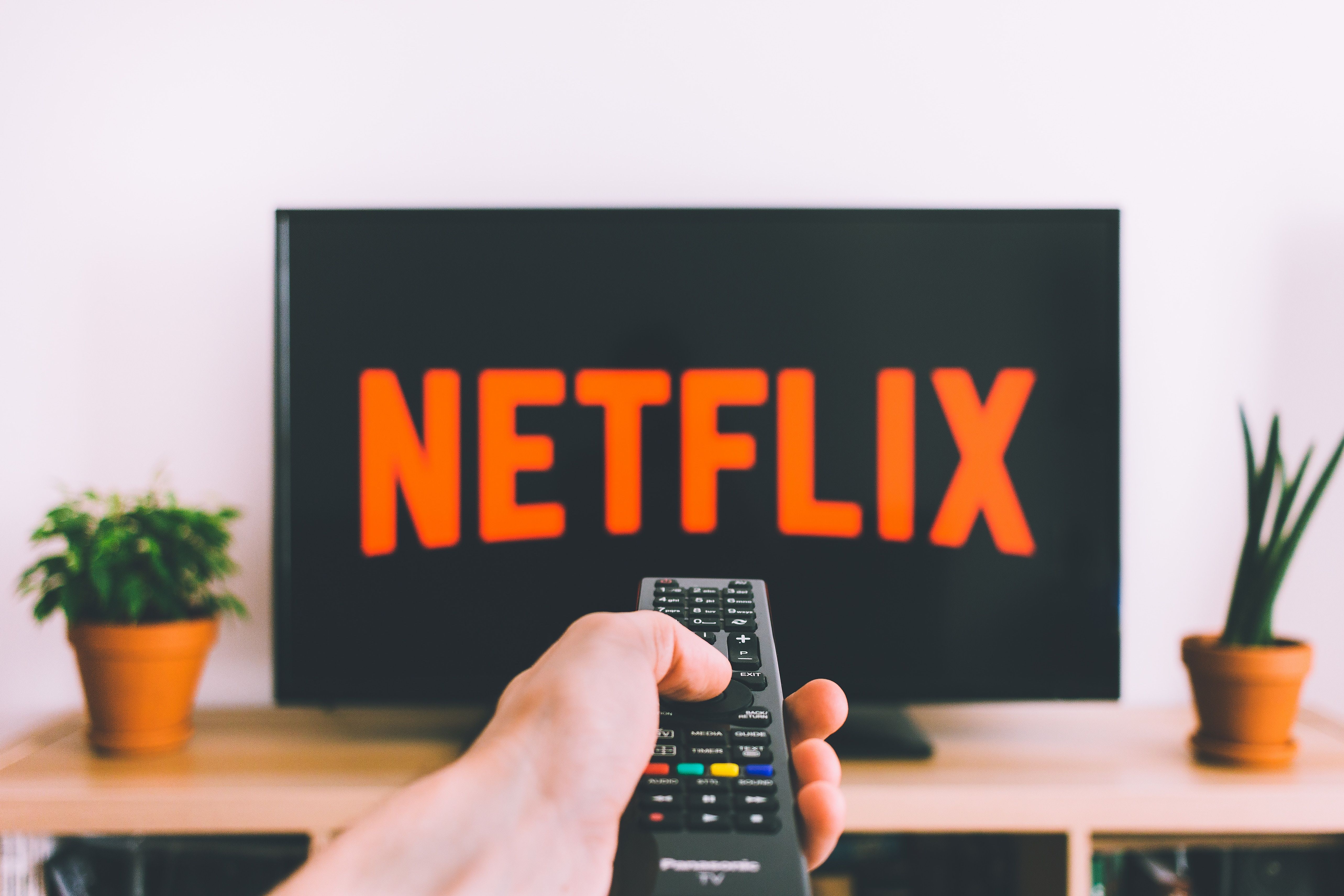Does Netflix have what it takes to stay at the top?
Netflix recently revealed that it missed its own forecasts by more than a million subscribers, sending it shares down sharply – for a business model that relies on remaining in constant high-growth mode, it’s a worrying sign. Add in the facts that most of the ‘easy’ subscribers in major western markets already have Netflix, and that the company is facing a number of challenges, and it looks as though it could be some tough times ahead. Can Netflix weather the oncoming storm?
The company expects a negative free cash flow this year – it earns about $16 billion in subscriber revenue, but it will spend at least $19 billion on content, marketing and other costs…
Netflix declares a profit (expected to be about $1 billion this year), but only because it can spread the costs of making shows over a number of years. The company is running up substantial liabilities, struggling to bridge the gap between revenue and the cost of content. It has been suggested that Netflix’s total liabilities are around $30 billion, with debt about a third of this. The company expects a negative free cash flow this year – it earns about $16 billion in subscriber revenue, but it will spend at least $19 billion on content, marketing and other costs (its marketing budget has received a massive bump, and management say that are still experimenting with the best way to use it).
In the early days of building its streaming empire, Netflix was able to obtain the rights to loads of TV shows and films on the cheap, because its rivals had not yet identified the global potential of such a service. But now, the situation is changing – Hulu and Amazon have been in the game for a while (the latter holds a notable lead in India, a market Netflix has been aggressively targeting this year), and the recent HBO service is expected to expand. Most worrying of all is Disney’s plan for its own streaming service – it plans to withdraw of its content from Netflix, as well as that of the newly-acquired Fox, which would represent a huge hit.
Although it missed its forecasts, Netflix still added 5.2 million new users globally to its base of 130 million – it doesn’t feel like a crisis…
Of course, Netflix has a strong line in original content – its content budget this year was $8 billion. These shows and films often attract massive critical and audience acclaim, and are ranked as some of the best content of recent memory (The Crown, House of Cards, Stranger Things, Better Call Saul). However, despite the strong content, the service has also seen a number of duds. Iron Fist, Bright, Hemlock Grove and Haters Back Off are just a few examples – Gypsy was the worst victim, being cancelled just six weeks after its premiere. Unlike traditional TV, Netflix can’t afford to serve up too many duds, or it will turn people away.
There’s another factor to consider, and that’s some of the negative press the company has received. Both seasons of 13 Reasons Why were criticised for the themes they promoted, and upcoming show Insatiable has been the target of vocal backlash, with suggestions that it promotes fat-shaming and unhealthy beauty standards (the show follows Debby Ryan, initially in a fat suit, who loses weight after her jaw is wired shut). One of its films, Desire, was criticised for supposedly promoting child pornography. And, given the increasingly polarised political times, one of its biggest coups – signing a deal with Barack and Michelle Obama to create original content – was also subject to a lot of backlash (something that wasn’t helped by Obama security advisor Susan Rice being appointed to its board of directors around the same time).
Its low-cost and lack of content like news and sport mean most subscribers use it as an additional option. A long-term strategy would need to see the company try and break into these genres…
So, what does the future hold for Netflix? Although it missed its forecasts, Netflix still added 5.2 million new users globally to its base of 130 million – it doesn’t feel like a crisis. It repeatedly tops polls asking which network has the best original content, and it received more Emmy nominations than HBO this year. Its recommendation algorithm is also incredibly successful at keeping its subscribers’ attention.
Spencer Wang, VP of investor relations and corporate development, has said that there is room for multiple companies to succeed, and that Netflix is still growing in the US. He also noted that Netflix is increasingly becoming a core piece of the home entertainment bundle that people put together for themselves. It is also certainly true that no single competitor is a major threat to Netflix in itself, but a growing number of options with equally appealing content is likely to start impacting on the business.
Most analysts believe that Netflix needs to develop its content and become more like traditional TV to become a ‘must-have’ service and survive. Its low-cost and lack of content like news and sport mean most subscribers use it as an additional option. A long-term strategy would need to see the company try and break into these genres, and such an approach could be a good way to help justify the almost-inevitable price rises Netflix will have to introduce to help cover its costs. Netflix has been termed a ‘TV disrupter’, but perhaps it needs to take a good long look at traditional TV to ensure its own survival.

Comments